Today, changing weather patterns mean that more people will need to learn how to survive in extreme temperatures.
The Eskimos have been doing this for centuries using very simple technologies and methods. We can learn a lot from them and incorporate these methods into our survival plans. Even if winter appears to be on the waning side right now, it can still come back with a vengeance, and will ultimately return in just a few months.
To understand what Eskimos are confronted with every day, consider that winter temperatures in the Arctic can easily drop below -58 Fahrenheit. During the summer, the average temperatures are anywhere between 14 to 50 degrees Fahrenheit.
The lesson to be learned from these factoids is that human beings are very resilient and ingenious. Regardless of the environment, survival is possible, provided you pay attention to what’s going on around you and you keep an open mind.
Now, let’s take a look at the fine details, i.e. the fine art of survival in the wilderness at sub-zero temperatures all year long.
The Man versus Nature? No, the Man AND the Nature
Eskimo people managed to survive in the Arctic due to their profound understanding of their habitat, and by that I refer to the specific “nuances” which exist in this extreme environment. Survival in these places is totally dependent upon the relationship/symbiosis between the Eskimo people and the local fauna that they use for food and clothing.
For example, by understanding the behaviors and winter modes of the caribou, hunting them becomes fairly easy while they are migrating South. This one animal provides them with enough meat and fat to survive through the harsh winter ahead. Also, the local fishermen know precisely where and how to cut a hole in the ice for catching the fish.
Centuries ago, Eskimo hunters acquired the skills necessary for identifying the places where seals get to the surface to breathe (they’re called breathing holes) by observing and learning from their behavior. The same story goes for moose and rabbits which are abundant in the subarctic forests. These animals leave very obvious tracks in the snow that make it easy for the Eskimo people to locate them and hunt them down.
Remember that survival in the Arctic still abides to the universal rules of survival: everything can be summarized by water, food and shelter. If you manage to acquire these, you’ll be fine.
The first thing to keep in mind when it comes to wilderness survival, especially in subzero temperatures, is water. The idea is to stay well hydrated at all times. This will be more challenging in freezing weather because your body will actually give off more water as it tries to generate more heat. If you’re hydrated properly, you’ll also stay warm, which will help you stave off frostbite. The easiest way to get potable water in the winter is to melt snow or ice in a receptacle over a fire.
Remember that ice is better than snow for generating larger amounts of drinking water. If you can’t make a fire, you can use a plastic bag filled with snow, and then melt the snow with body heat.
Since I’ve mentioned clothing, remember that proper clothing is essential when venturing out in the wild in Arctic conditions. The biggest enemy in such cases is wet clothing (if you get wet, you’ll have to make a fire ASAP and dry your clothes). Wearing a head cover at all times, even when you’re sleeping is also very important because 10% of heat is lost through your head. Keeping your body parts well covered with dry, well insulated garments is crucial for preventing frostbite and heat loss.
Hypothermia is a life threatening condition that can occur very quickly and render you unconscious before you can get warmed up again.
Eskimo people use bear or caribou skin to keep warm, especially when out hunting. Caribou fur is an excellent insulator because the hair collected from animals during autumn is very dense. Caribou hair also has hollow hair follicles that create a cushion of air, which act as a thermal insulator. You can also do some research on synthetic fabrics that are easier and cheaper to obtain than Caribou in your local area.
The second lesson to be learned from Eskimo people is from their diet, which consists of foods high in fat, protein, and calories. When exposed to the cold, you’ll need up to 5000 calories a day in order to produce enough body heat to stay warm and healthy.
As you probably noticed for yourself, when you’re outside and the wind blows, it “steals” the heat from your body. It is very important to protect yourself from the wind as much as possible. Wind is a real killer as it chills and dries exposed skin very quickly, leading to frostbite and health issues.
For example, at -20 Fahrenheit, a thirty miles per hour wind (which is common in Arctic regions) will actually freeze exposed skin in less than five minutes. For surviving such harsh climates, you’ll need a windproof layer of clothing (an outside layer) and, very importantly, a fur ruff or something similar for protecting your face. Eskimo people always turn their backs against the wind and also use their sleds for shelter whenever is possible.
Do your best to keep your body protected from the cold by using layers of clothing (the thicker the insulation the better). The more air you manage to trap between the clothes, the warmer you will stay. Here are some other ways Eskimos get the most from clothing layers:
- Avoid any gaps in insulation air seals, which may let the heat to escape. For example, the open space between your pants and your coat can drain heat very quickly.
- Always use foam pads and thick boots to help keep your feet warm.
- Avoid kneeling or sitting on cold surfaces, as you may also lose a lot of body heat that way.
- If your core body temperature drops, remember that you must pay extra attention to your extremities because they will become frost bitten first.
- When in trouble, your body will try automatically to restrict the blood flow to the extremities in order to maintain the core temp. It’s a sort of a sacrifice move, as the body tries to protect its vital organs, for keeping you alive.
This is why frostbite mainly affects your legs and hands. This is also why you must take decisive action (to re-warm them) as soon as you feel them getting numb. Do not forget that you will lose body heat 240 times more quickly if you’re immersed in water than if you’re dry .
If your insulation becomes wet from perspiration, or water/snow gets inside of your clothes and melts, you’re in trouble, as the insulators will lose most of its capability of keeping you warm. If you start sweating, try to adjust your “layers” so that dryer ones are closer to you. If you get covered in snow, get rid of it before it starts melting!
Always travel with a GPS/Map/Compass, know your topography and don’t get lost. If at all possible, try to learn more about Eskimo star and sun navigation so that you can use these methods if devices that you are accustomed to fail. Bring enough gear and food when you travel on the land in Arctic conditions and if weather deteriorates, try to dig yourself a shelter in the snow and wait for the weather to clear.
Always travel with caution and avoid weak ice. If you fall through the ice and get wet, swim out ASAP and roll around in the snow because snow absorbs water very efficiently. Next, build a fire and dry your clothes(or change into dry ones, if available). It’s very dangerous to travel alone in the Arctic, so try to avoid it unless you have a party of experienced people to go along with you.
Also, before heading out in cold temps, always practice with all your gear, even when it comes to apparently insignificant tasks (such as tying a knot or putting on your skis). If you get in trouble, dealing with unfamiliar gear or discovering that you’re missing something significant, could lead to a life threatening situation in no time.
Be thorough at all times and put together an easy to carry survival kit, which must contain a good knife, a first aid kit, a flashlight, a shovel, a sleeping bag, water-proof matches, signaling flares/mirror, nutrient-dense foods, zippered plastic bags, a fishing kit, paracord and a compass.
That about sums it up. If you enjoyed the article and you have other ideas/comments, feel free to express yourself in the dedicated section below.
This article has been written by Chris Black for Survivopedia.

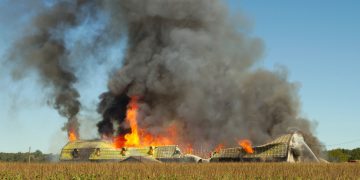
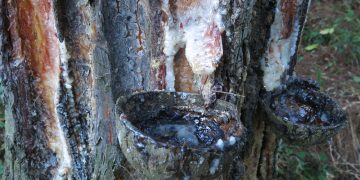



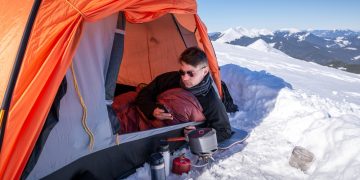

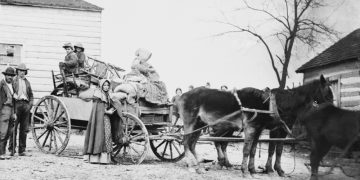

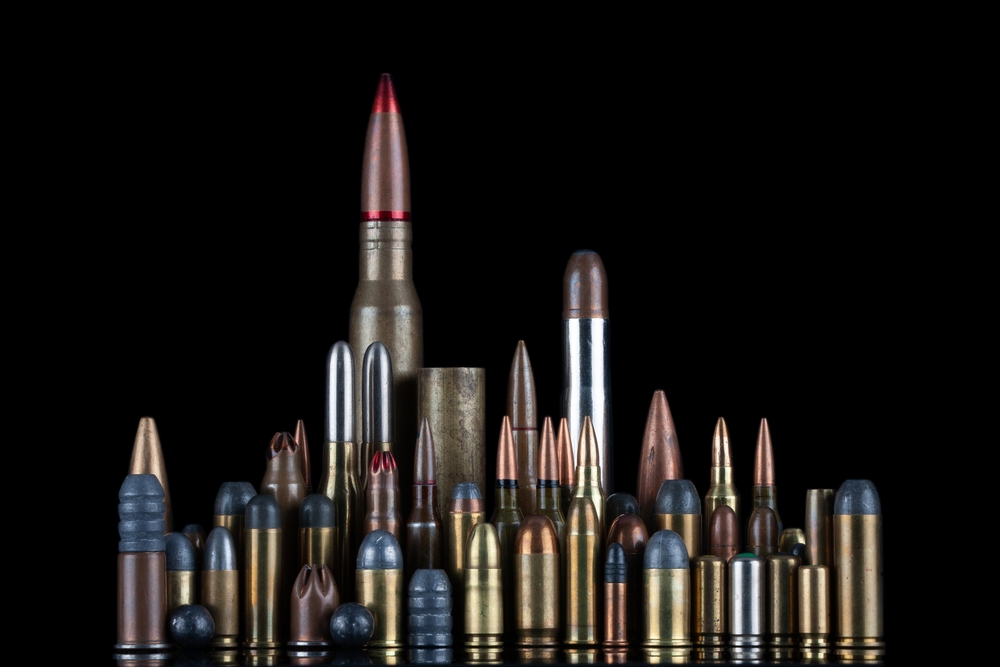



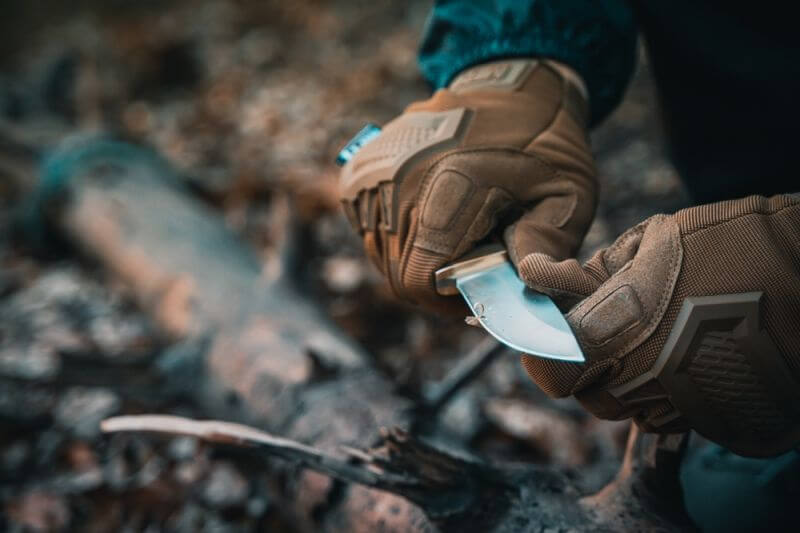
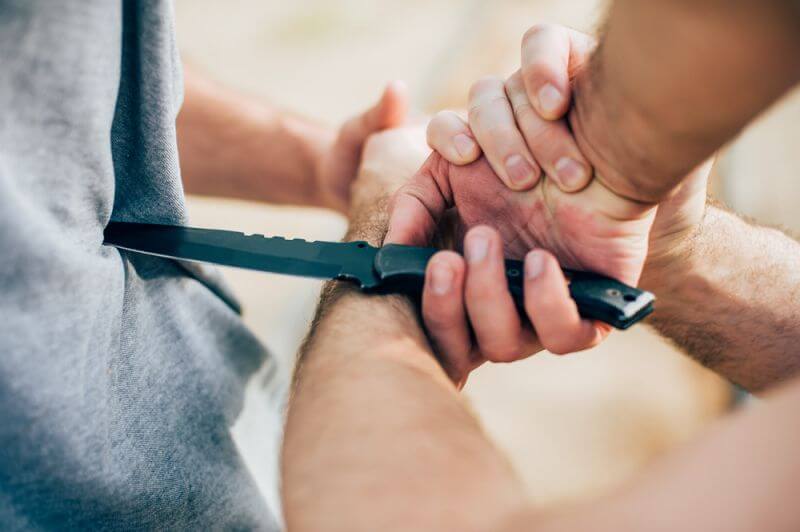
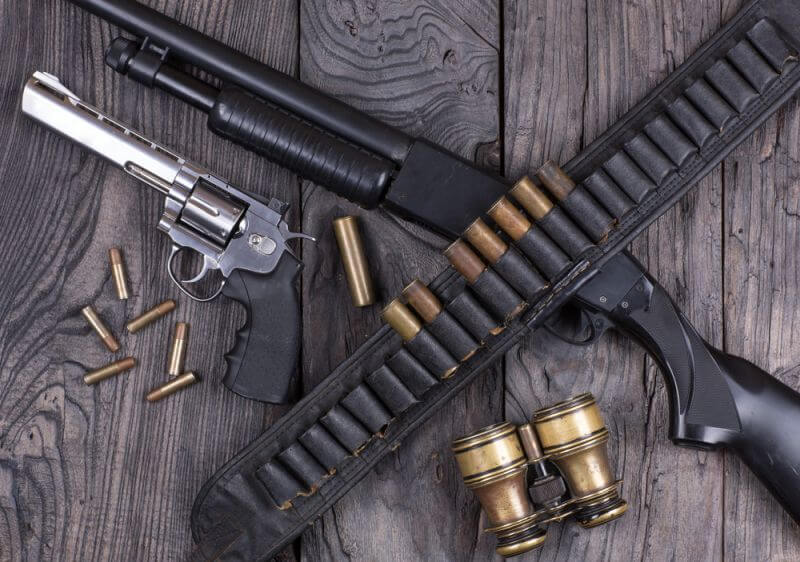

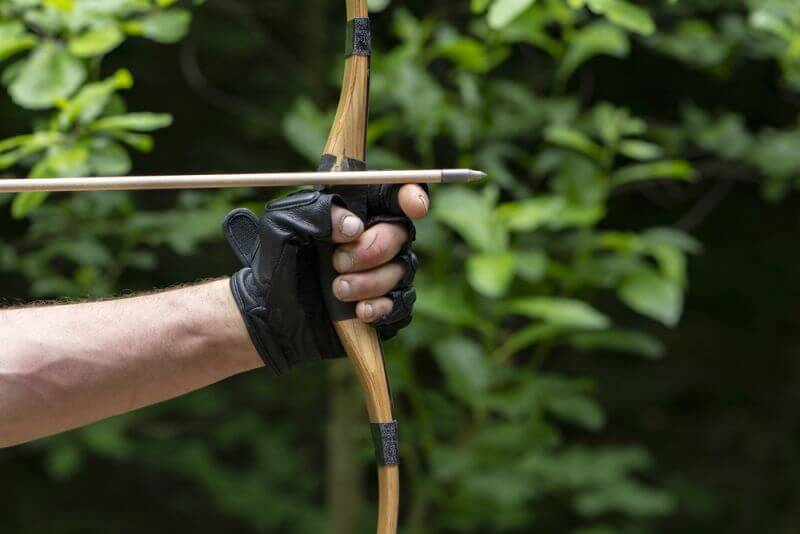



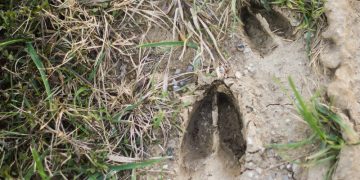



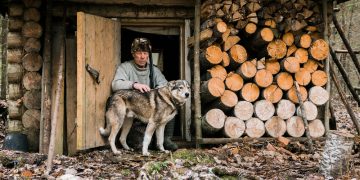


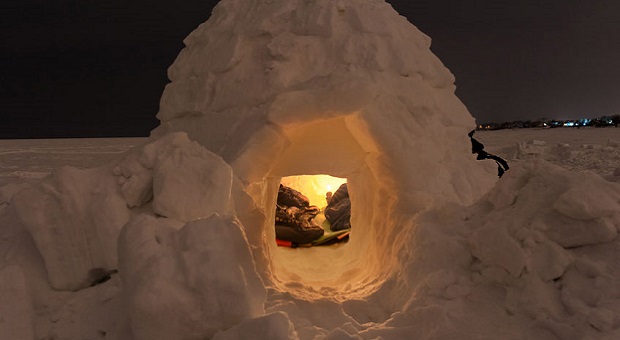




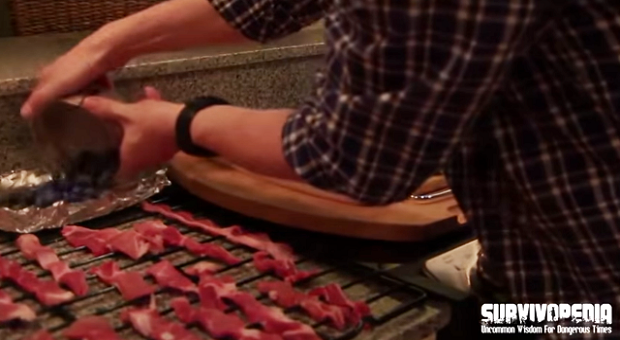



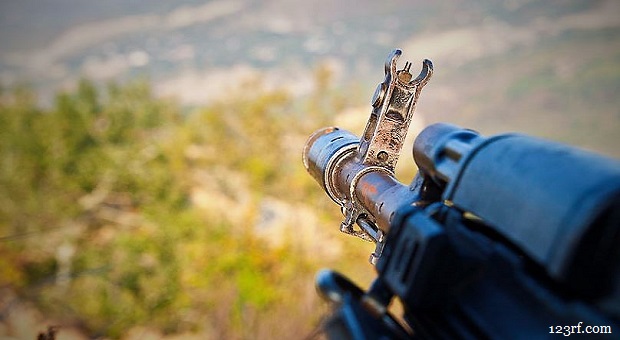
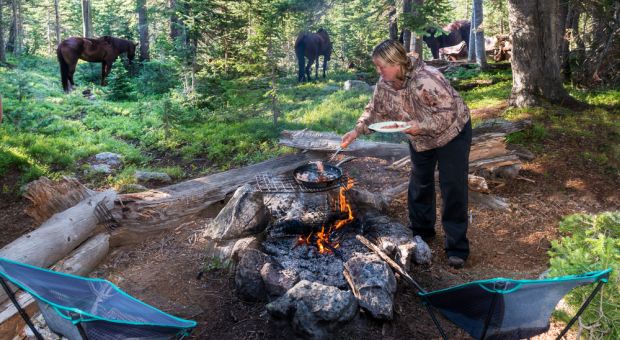
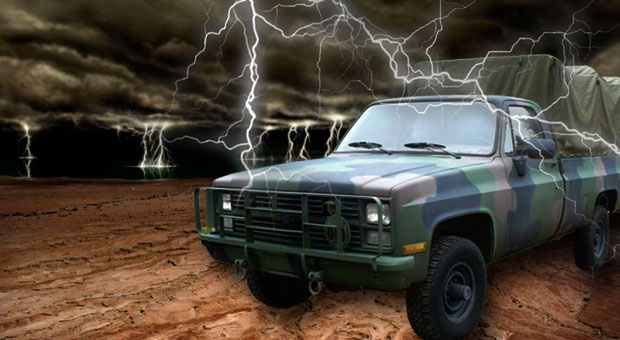
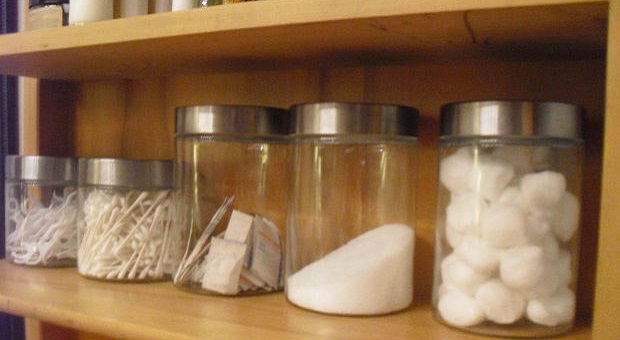
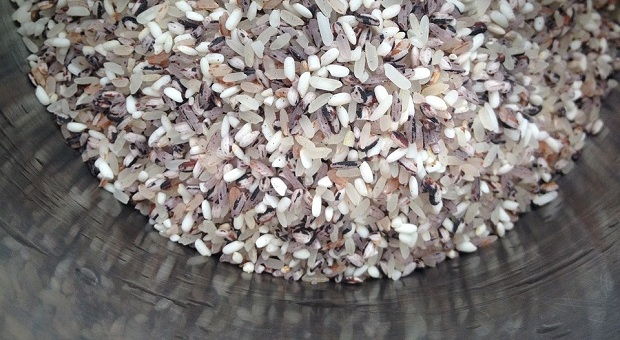










































Comments 5